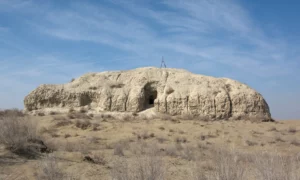Vardanzi, also known as Vardanze, represents a significant chapter in the ancient and medieval history of Central Asia. Located 40 kilometers northeast of Bukhara, Uzbekistan, this site has captivated historians and archaeologists with its rich past and the mysteries it holds. The area, now a reserve in the Shafirkan Bukhara region, was once a bustling town that played a crucial role in the region’s socio-political and economic landscape.
Sasanian Empire
The Sasanian Empire, thriving from 224 to 651 CE, was the last imperial dynasty to rule Persia before the rise of Islam. Founded by Ardashir I, the empire replaced the Parthian Empire and became a dominant power in the Middle East. At its height, the Sasanian Empire’s reach extended from the Indus Valley in the east to the Eastern Roman Empire’s frontiers in the west. With its capital in Ctesiphon, near modern-day Baghdad, the empire became a center of culture, learning, and trade. Under Sasanian rule, Persian art and architecture flourished. The empire’s legacy can be observed in its grand palaces and fire temples, which fostered the spread of Zoroastrianism.
As a major rival of the Eastern Roman Empire, the Sasanian Empire engaged in many conflicts that shaped the geopolitical landscape of the region. They are remembered for their intricate governance system and the introduction of many bureaucratic reforms. The empire played a significant role in shaping the economic and cultural life of its time. The Great Royal Road, an ancient highway that traversed the empire’s territory, was essential for commerce and communication. The Sasanians were also notable for their advancements in science and technology. The Sasanian Empire’s contributions to art, culture, and statecraft left an enduring legacy. It influenced subsequent civilizations in the region and helped shape the course of history in the Islamic Golden Age following the empire’s fall.
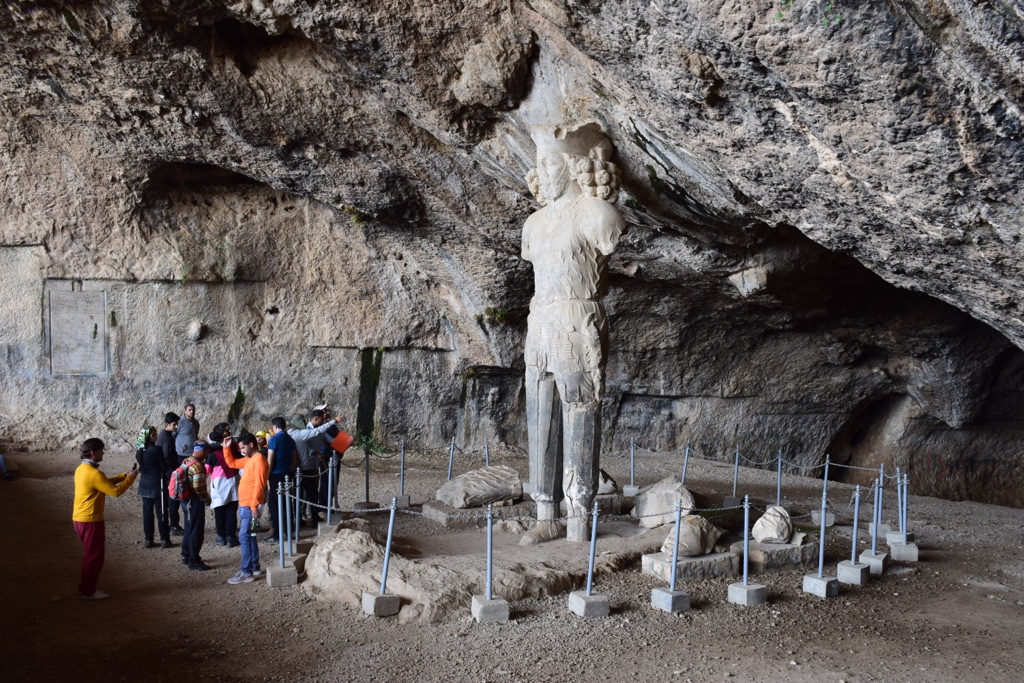
The Colossal Statue of Shapur I
The Colossal Statue of Shapur I is a monumental sculpture located in Iran, depicting the second king of the Sassanian Empire, Shapur I. Carved from a stalagmite in a cave known as the Shapur Cave, this impressive work of art stands approximately 6.7 meters tall. It is a testament to the craftsmanship and artistic abilities of the Sassanian era, and it holds significant historical importance due to its association with Shapur I, who was a notable ruler in Persian history.
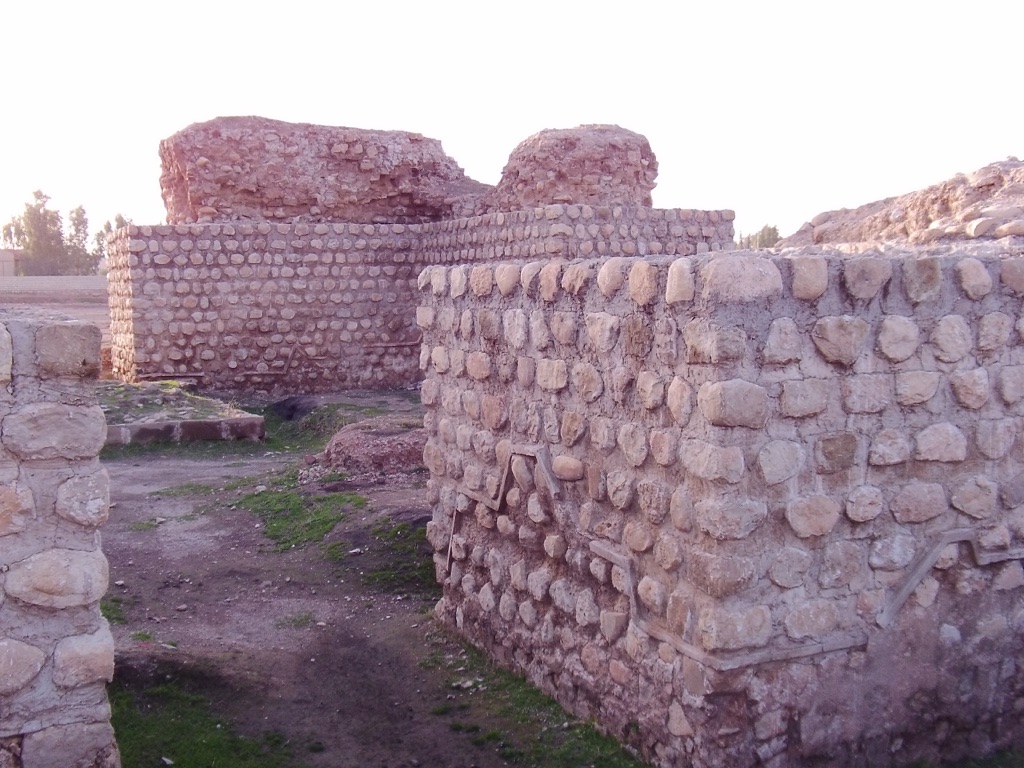
Qasr-e Shirin (Castle of Shirin)
Qasr-e Shirin is a historical town in western Iran, known for its rich cultural heritage and ancient ruins. The name translates to “Castle of Shirin,” and it is often associated with romantic stories from Persian literature. The town is situated near the border with Iraq and has been a crossroads of various civilizations throughout history….
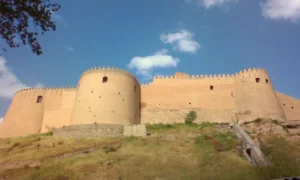
Falak-ol-Aflak Castle
Falak-ol-Aflak Castle, also known as Shapur Khast Castle, is a monumental structure located in Khorramabad, the capital of Lorestan province, Iran. This castle, which dates back to the Sassanid era (224–651 AD), stands majestically atop a large hill, sharing its name with the fortress itself. The strategic positioning of the castle, alongside the Khorramabad River and surrounded by natural defenses, has contributed to its historical significance and preservation.
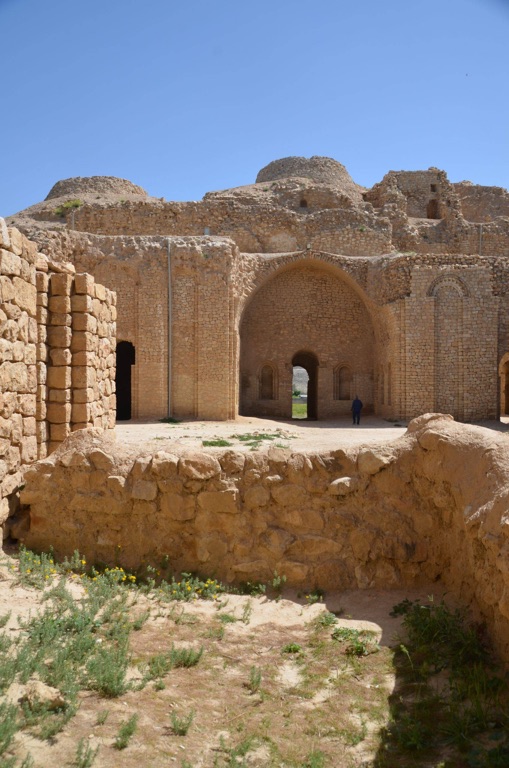
Palace of Ardashir
Nestled at the foot of a mountain in Iran’s Fars Province, the Palace of Ardashir Pāpakān stands as a testament to ancient engineering and artistry. This grandiose castle, constructed around 224 AD by King Ardashir I, reflects the architectural genius of the Sassanid era. Serving as a symbol of the king’s might, it boasts thick walls, tall arches, and spacious courtyards. With its remarkable dome, the palace showcases the innovation of early Persian architects. Through the corridors of history, it whispers tales of royal ceremonies and significant events that shaped Persia’s cultural heritage. Today, it draws in history enthusiasts, eager to explore an essential piece of Iran’s storied past.
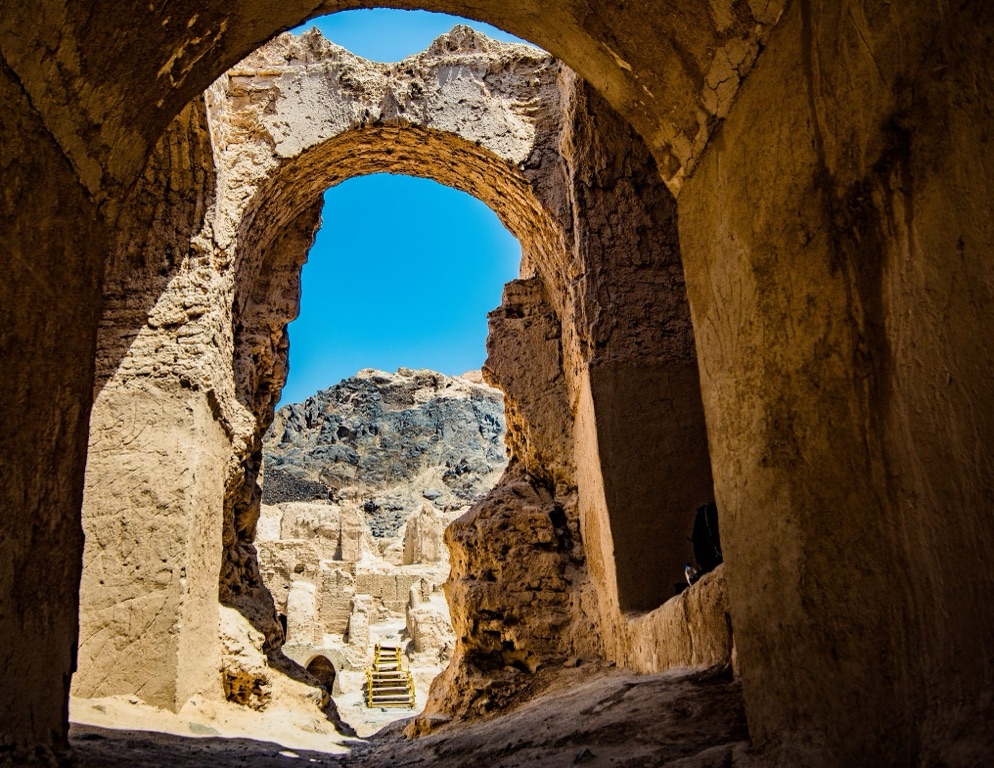
Kuh-e Khwaja
Kuh-e Khwaja stands as an enigmatic historical site nestled in Iran’s Sistan region. This ancient citadel, a relic from a bygone era, whispers tales of the Parthian and Sassanian empires. Visitors can explore the remains of a Zoroastrian fire temple and palace complex. These ruins paint a vivid picture of the site’s spiritual and political significance. With each step, one traverses through time, as Kuh-e Khwaja’s history stretches back over two millennia. Archeologists and historians flock here to unravel its enduring mysteries.

